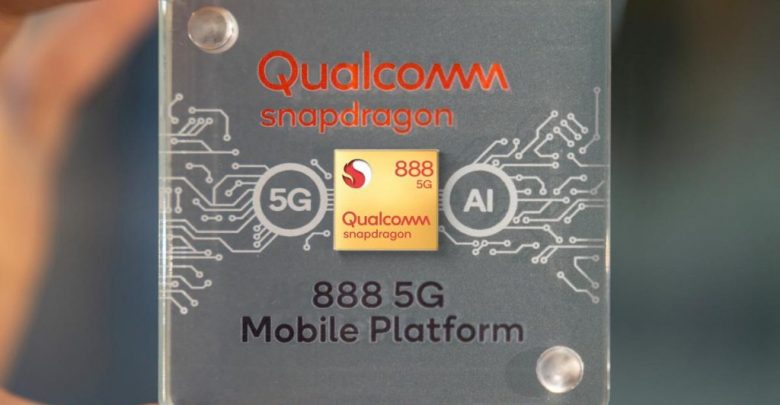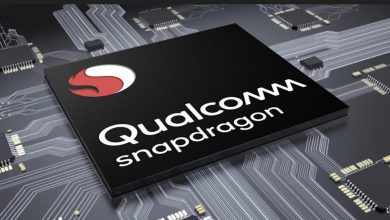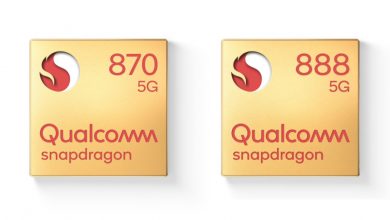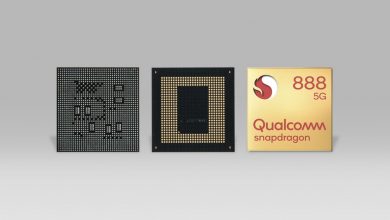
The Qualcomm Snapdragon 888 was unveiled last year, and at the moment, it is the latest and greatest the company has to offer. Since then, we have seen the chip appear in several flagship devices, including the Galaxy S21 series, ROG Phone 5, and a few devices from Oppo and Xiaomi, along with the upcoming OnePlus 9 series. Needless to say, there are a lot of devices that are still going to release with the Snapdragon 888 chipset, but the latest report suggests that Qualcomm might not be able to supply enough Snapdragon 888 chips.
Several sources familiar with the matter have told Reuters that Qualcomm is unable to keep up with the demand for its flagship Snapdragon 888 chipset. Xiaomi CEO Lu Weibing also echoes the sentiment, as does Qualcomm chief Cristiano Amon.
Qualcomm also facing a shortage of midrange chips
While the smartphone industry, for the most part, has been unaffected by the global semiconductor shortage, it was only a matter of time before that changed. A new report from Reuters says that Qualcomm is unable to keep up with the demand for its flagship Snapdragon 888 SoC. Although Samsung’s 5nm yields have been decent so far, there is a limit to the number of chips it can manufacture. Sources familiar with the detail have talked about how Qualcomm chips have hit the production of Samsung’s mid-range and low-end models, and the company’s flagship Snapdragon 888 chips are also in short supply.
Although Samsung is quiet on the matter, a Qualcomm representative has talked about how the company believes that it can meet the fiscal second-quarter. Despite what the representative has said, a senior executive at the top contract manufacturer for several phone companies has told Reuters that it was facing a shortage of Qualcomm components and would cut the handset shipment this year. Considering how the shortage is not limited to the Snapdragon 888, we can expect a significant sales decline across the board for all smartphones this year.
It is important to note that Qualcomm is not the only company affected by the global semiconductor shortage. Many automobile and consumer electronics companies are also facing the same issue, which is resulting in stockpiling, further worsening the situation.
Xiaomi too is facing a setback
Xiaomi CEO Lu Weibing also commented about the situation on Weibo some time ago, calling it an “extreme shortage.” Xiaomi will likely be one of the first companies to feel the effects of the said shortage, as its massively popular Redmi K40 and Mi 11 line of smartphones run a Snapdragon 888 SoC. Other Chinese OEMs such as Realme, Oppo, and Vivo will be affected too, but not as much. Samsung’s high-end offerings should be ok, for the most part, as a vast majority of them use the company’s in-house Exynos chipsets.
The report adds that Qualcomm’s chip shortage resulted in a cascading effect, which seems to be affecting the production of low-end and mid-range Samsung smartphones, presumably because Qualcomm uses Samsung’s infrastructure. Of the many components that are short in supply, power management chips are one of the worst affected. Therefore, Qualcomm is redirecting its entire lot of power management chips towards the Snapdragon 888 line, which, in turn, is affecting the company’s other offerings.
Interestingly, another reason cited for the shortage is that many users are abandoning Huawei at a rapid clip. The U.S. placed sanctions on Huawei over national security concerns, which cut off access to hardware components and software from U.S. companies. Without access to Google apps and services, Huawei smartphones aren’t nearly as attractive today as they were just a few years ago.
Despite the concerns from OEMs and analysts about adequate chip supplies, Qualcomm still believes that it can hit its shipment forecasts for Q2 2021.
There is no indication as to when Qualcomm will be able to see some relief from its supply woes, but the company is trying to redirect as much production to the Snapdragon 888 as possible. While that may be beneficial for customers in the market for a flagship smartphone, it could mean more severe shortages ahead for entry-level and mid-range smartphones.





